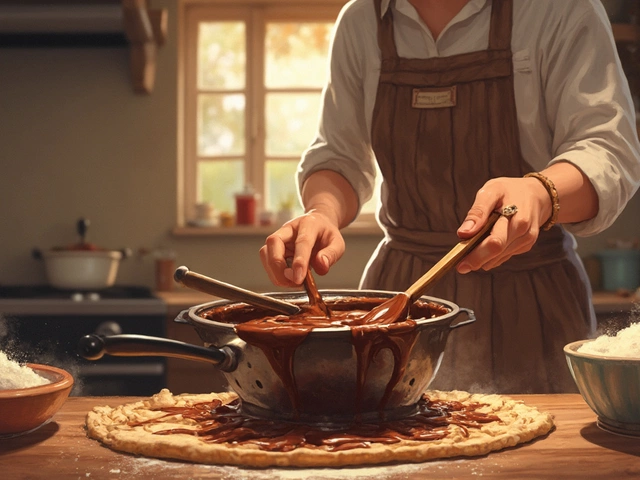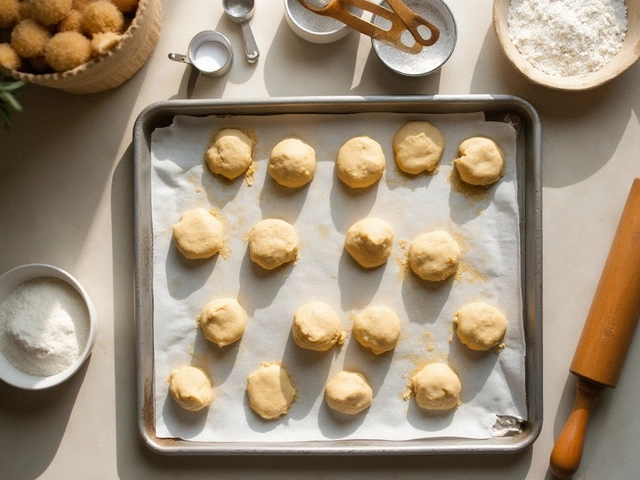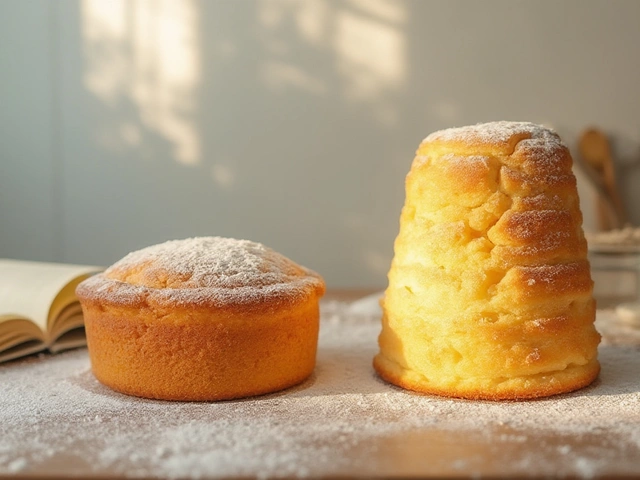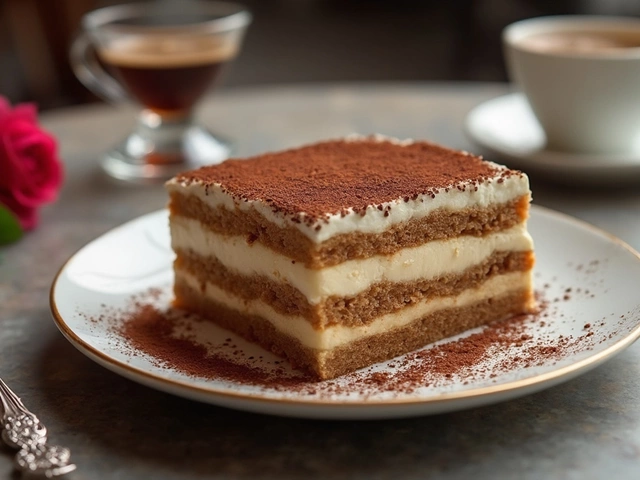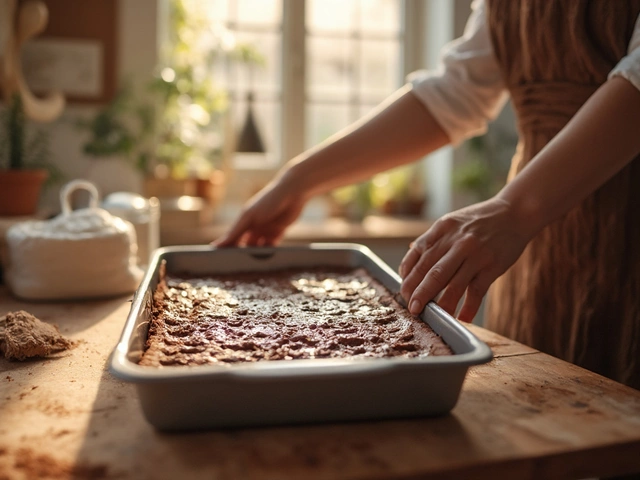Cookie Recipe: Simple Steps for Fluffy, Chewy Cookies
Ever pull a tray of cookies out of the oven and see flat, tough discs instead of the soft, puffy treats you imagined? It happens to everyone, but the fix is easier than you think. In this guide you’ll get the basics you need to turn any cookie recipe into a batch of perfect bites.
Why Cookies Rise
The rise comes from a mix of chemistry and technique. Baking soda or powder releases carbon dioxide when it meets heat and moisture, creating tiny bubbles that lift the dough. Butter and sugar also help – melted butter spreads the bubbles, while sugar traps steam. When you chill the dough, the fat firms up, so the bubbles stay until the oven hits the right temperature.
Practical Baking Guidelines
Start with room‑temperature butter and sifted flour. Use granulated sugar for a crisp edge and brown sugar for chewiness. Add a pinch of salt – it balances the sweetness and strengthens the gluten. For a reliable rise, measure leavening agents precisely; too much makes cookies puff too fast and then collapse.
Preheat the oven to 350°F (175°C) and bake on a parchment‑lined sheet. If you place the tray too low, the bottom burns before the top lifts. A middle rack gives even heat. Keep an eye on the edges – they should turn golden while the centers stay soft. That’s the sweet spot for chewy cookies.
Here’s a quick baseline recipe: 1 cup butter, 1 cup white sugar, 1 cup brown sugar, 2 eggs, 2 ½ cups all‑purpose flour, 1 tsp baking soda, ½ tsp salt, and any add‑ins like chocolate chips. Cream butter and sugars together, beat in eggs, then stir in dry ingredients. Chill for 30 minutes, scoop, and bake 10–12 minutes.
Want to tweak the texture? Use more brown sugar for chew, swap some butter for shortening for a thicker edge, or add a spoonful of oatmeal for a hearty bite. Slight changes in flour type or extra egg white can make the cookies softer or crispier – experiment a little at a time.
After baking, let cookies sit on the sheet for a couple of minutes before moving them to a wire rack. This finishes the cooking process without over‑drying. Store in an airtight container with a slice of bread; the bread keeps them moist for days.
With these straightforward tips you can walk away from flat, crumbly cookies and enjoy batches that rise just right, stay soft, and taste amazing. Grab your ingredients, follow the steps, and watch your next tray turn out better than ever.

How to Make Cookies Soft Instead of Hard: Easy Tips for Perfect Homemade Cookies
Tired of your homemade cookies turning out hard and crumbly? This article breaks down exactly what makes cookies soft, sharing not only easy kitchen tweaks but also a few industry tricks. You'll learn how to spot the best ingredients, what changes to make in your mixing and baking routine, and why simple choices like how you store your cookies matter. Expect clear, simple advice with plenty of pro tips you can try next time you bake. Get ready for batch after batch of soft, bakery-style cookies.
View More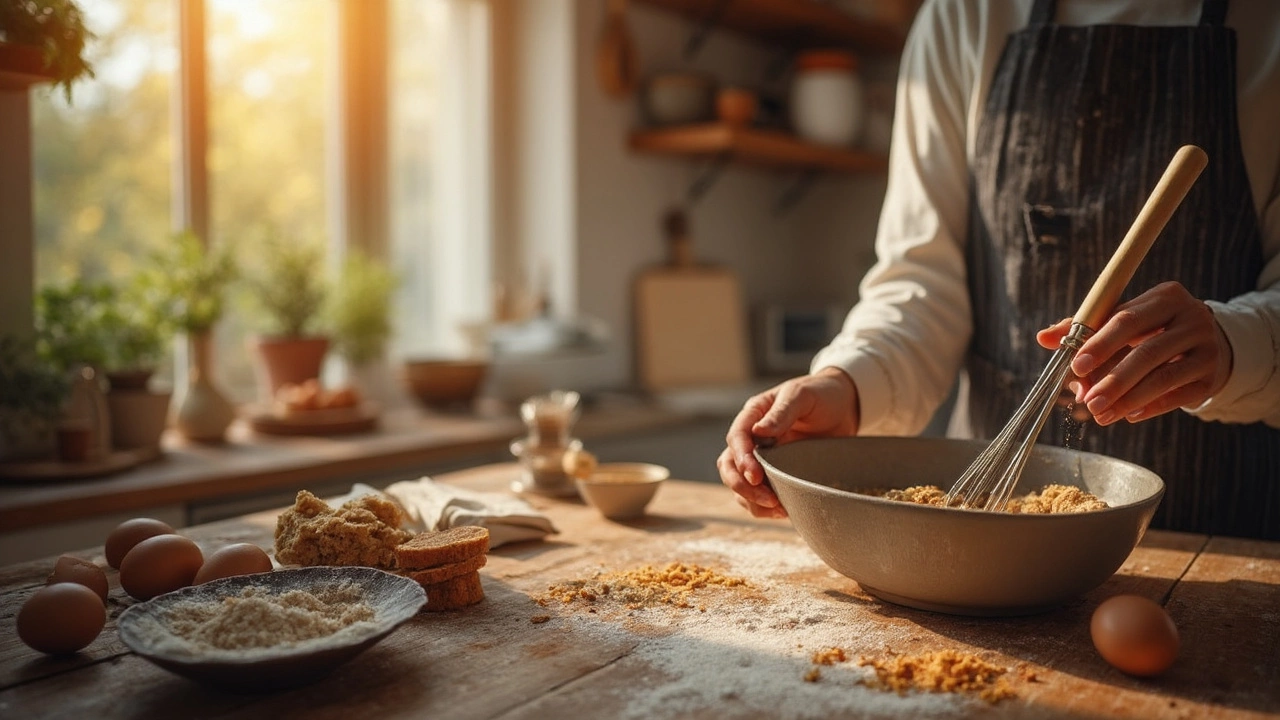
Unlocking the Secret to Perfectly Chewy Cookies
Wondering how to bake cookies that are irresistibly chewy? Discover the secrets that make all the difference, from choosing the right ingredients to perfecting baking techniques. Embrace the science behind chewy cookies with practical tips and fascinating facts, ensuring that your homemade treats are the envy of the cookie jar. Dive into techniques like using brown sugar, adjusting oven times, and cooling methods to create the perfect texture. Whether you're a cookie novice or a seasoned pro, this guide promises chewy cookie success every time.
View More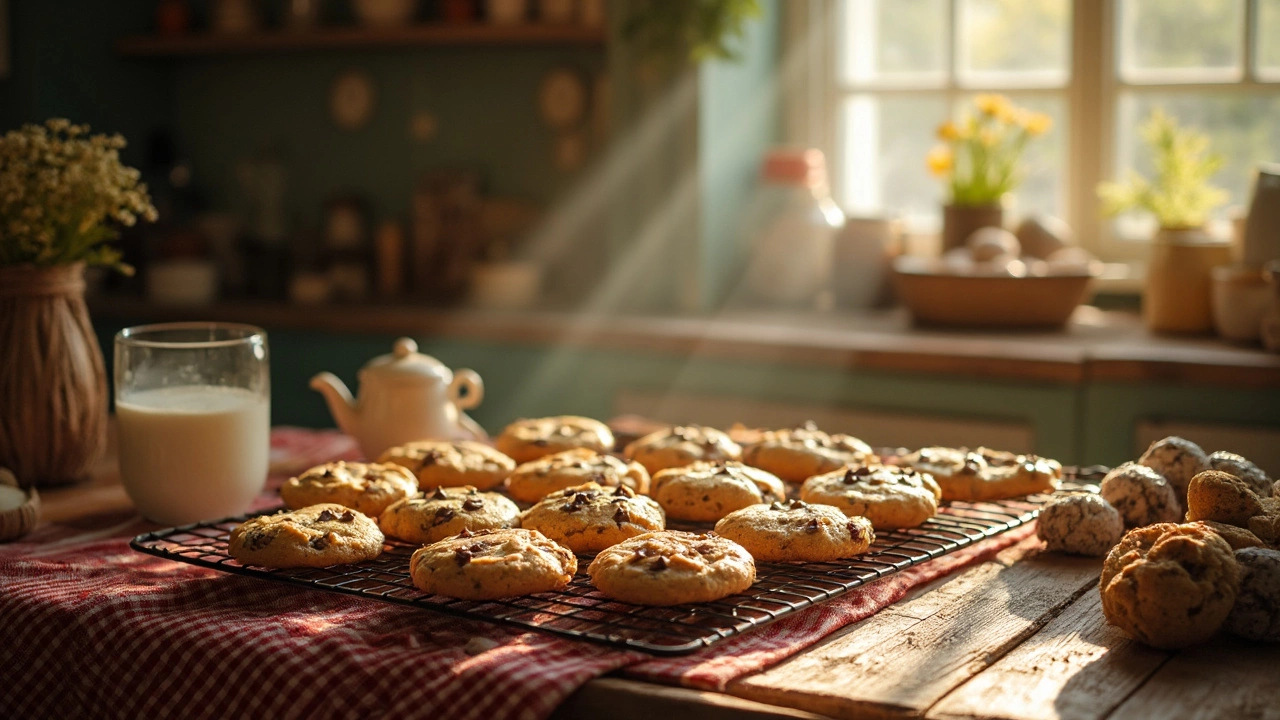
What is the Most Popular Homemade Cookie?
Ever wondered which homemade cookie reigns supreme in popularity? Spoiler: it's hard to resist a classic chocolate chip cookie. This article dives into why this cookie is beloved, offering tips to make yours perfect. Plus, discover fun variations and baking techniques to elevate your cookie-baking game.
View More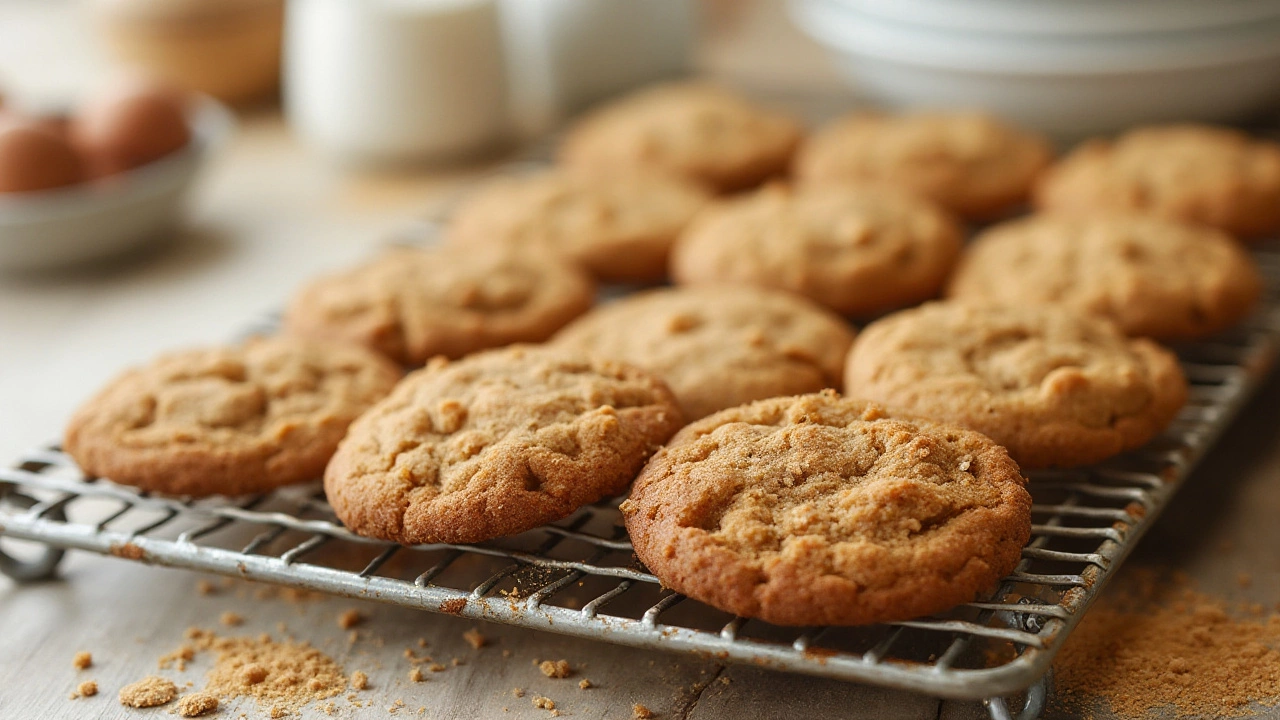
The Impact of Adding an Extra Egg to Your Cookie Recipe
Adding an extra egg to your cookie recipe can make a significant difference in the texture and flavor of the cookies. Eggs play multiple roles, serving as binders and contributing to the moisture and richness of the dough. While one egg generally provides a tried-and-true cookie consistency, an additional egg can create a chewier texture and a more cake-like structure. Understanding the science behind the egg's role in baking can help you customize your cookies to perfection.
View More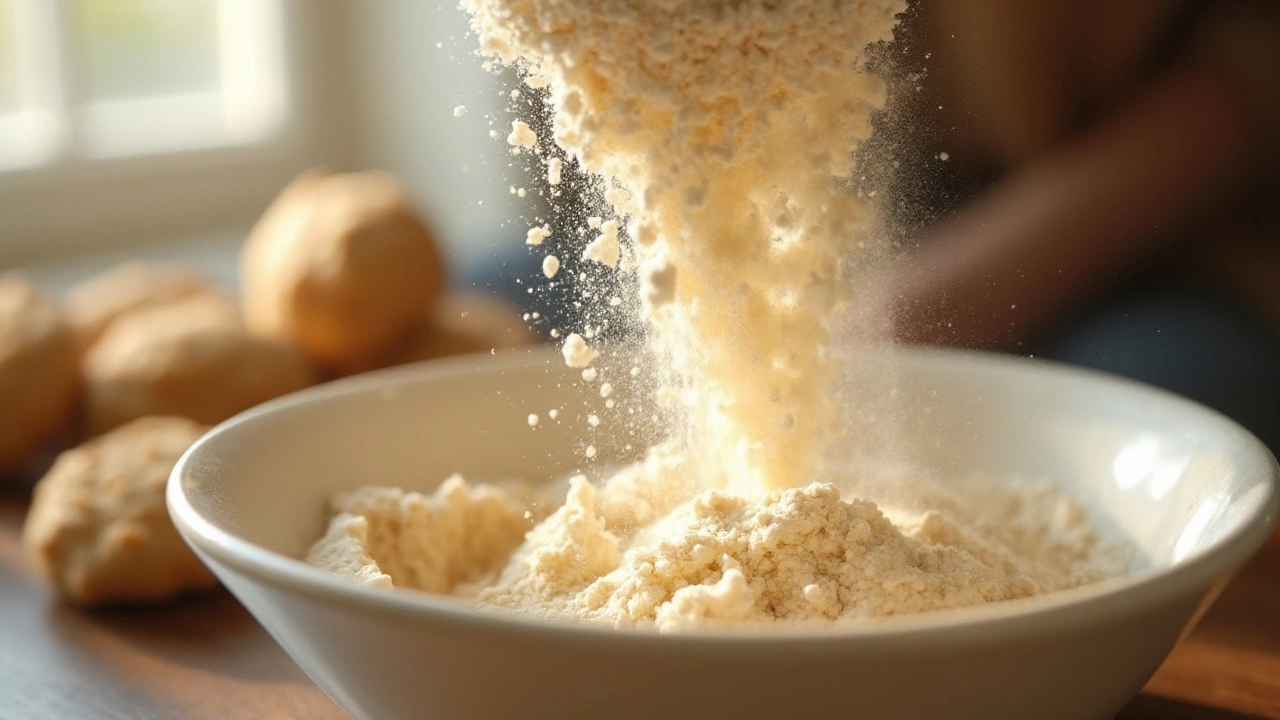
Top Tips for Baking Fluffy Homemade Cookies
Creating fluffy cookies requires understanding the science of baking and making slight adjustments in your recipe. From selecting the right ingredients to employing the right techniques, there's much to consider. This article provides you with simple tips to ensure your cookies rise perfectly, resulting in a soft, fluffy texture. Learn about the role of leavening agents, proper mixing practices, and the importance of butter temperature to elevate your cookie-making skills.
View More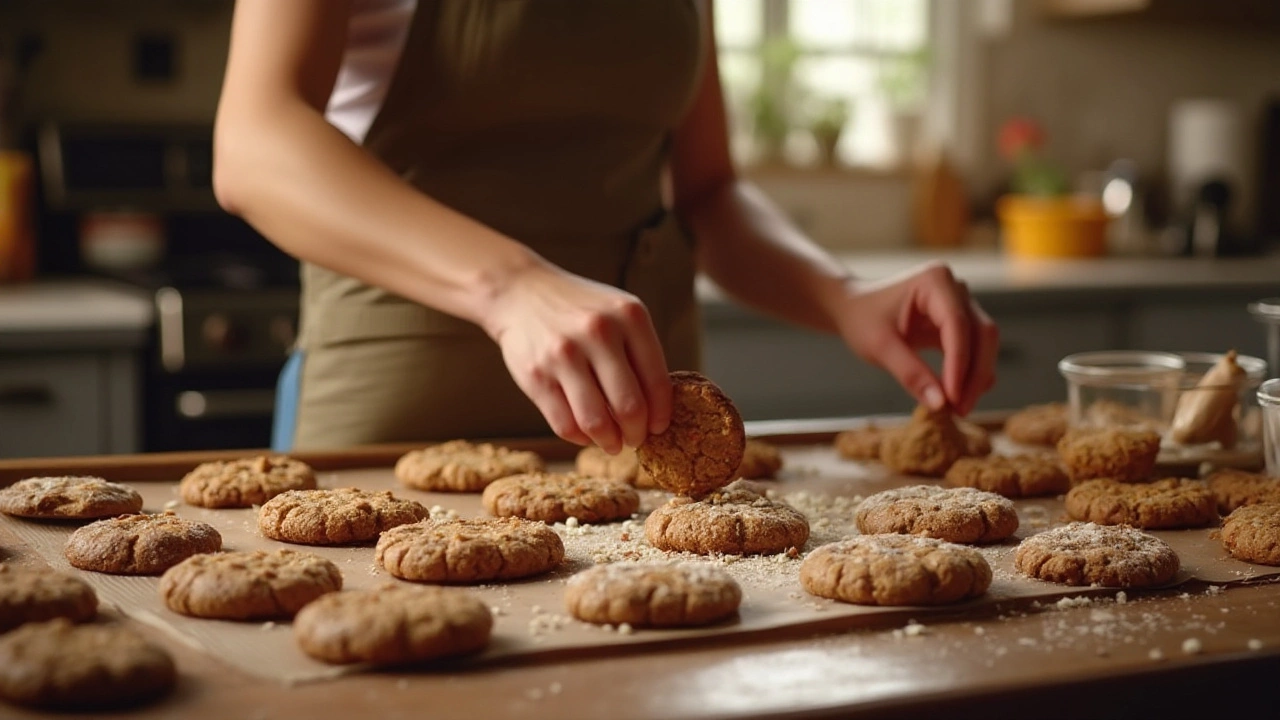
Discovering the Feminine Charm of Milky Way Cookies
Are Milky Way Cookies only for girls, or do they have a more universal appeal? This article delves into the intriguing question and explores the enchanting world of Milky Way Cookies. Learn how they earned their name, get tips on crafting the perfect batch at home, and find out whether these cookies truly embody a feminine essence or are a delightful treat for everyone.
View More
